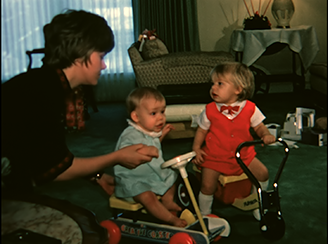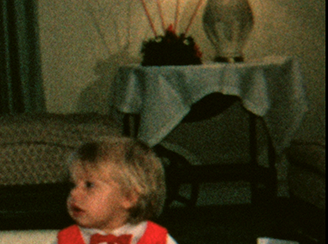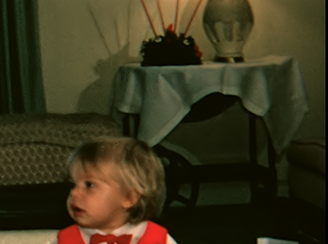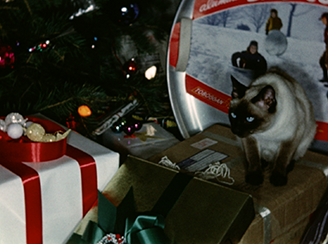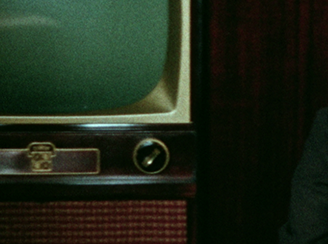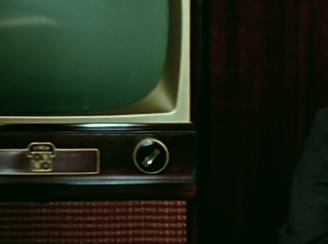Our Promise
100% Satisfaction Guarantee
Our service is the best in the business and so is our customer support. If for any reason you are unsatisfied with our results please contact us to discuss any options. *Quality of film conversion and restoration is dependent upon the condition of existing film stock and/or videotape; severely deteriorated original materials may be beyond the reach of even the most sophisticated restoration methods.

